Cabox is Newfoundland’s highest point and an Aspiring UNESCO Global Geopark. The name is derived from a phonetic for “cabos”, the Portuguese and Spanish plural for “cabo”, the English “cape”. Portuguese explorer Gaspar Corte Real may have been the first European since the Norse (as indicated by the 16th century Skálholt Map) to see the collection of capes and peaks surrounding the Bay of Islands Mountains, when in 1501 after discovering a strait between the “New Founde Land” and Cape Breton, he sent his brother Miguel and two of three caravels home to the Azores before heading north along Newfoundland’s west coast to the previously discovered Strait of Belle Isle.
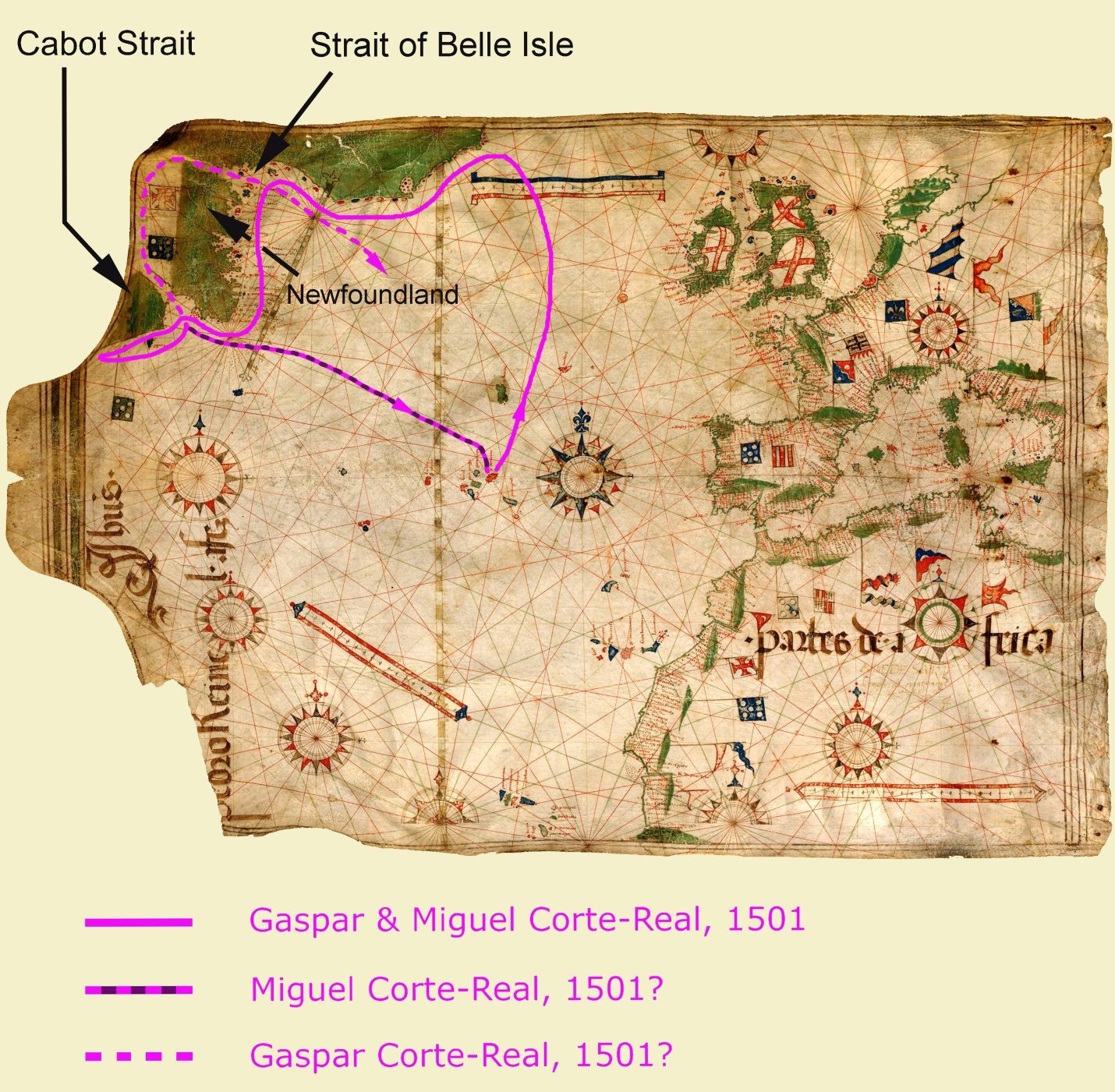
Gaspar never returned home, nor did his brother the following year when he set out to find him. However 32 years later in 1534, French explorer Jacques Cartier – who as a young man sailed with Portuguese mariners – entered the Strait of Belle Isle and sailed south along Newfoundland’s west coast until a storm forced him offshore at Cow Head. He sighted land again at the Bay of Islands, when the cabos emerged from the ocean to the east. After sailing into the Bay, he again continued south to Corte Real’s southern strait (now named Cabot Strait), which he crossed to explore the Gulf of St Lawrence’s western shore and entrance to the St. Lawrence River, before returning home by way of the Strait of Belle Isle. After returning to the Gulf again in 1535 and exploring the St. Lawrence River as far as Hochelaga (Montreal), he returned to France via the Cabot Strait, thus confirming Gaspar Corte Real’s belief that Newfoundland was an island or collection of islands.
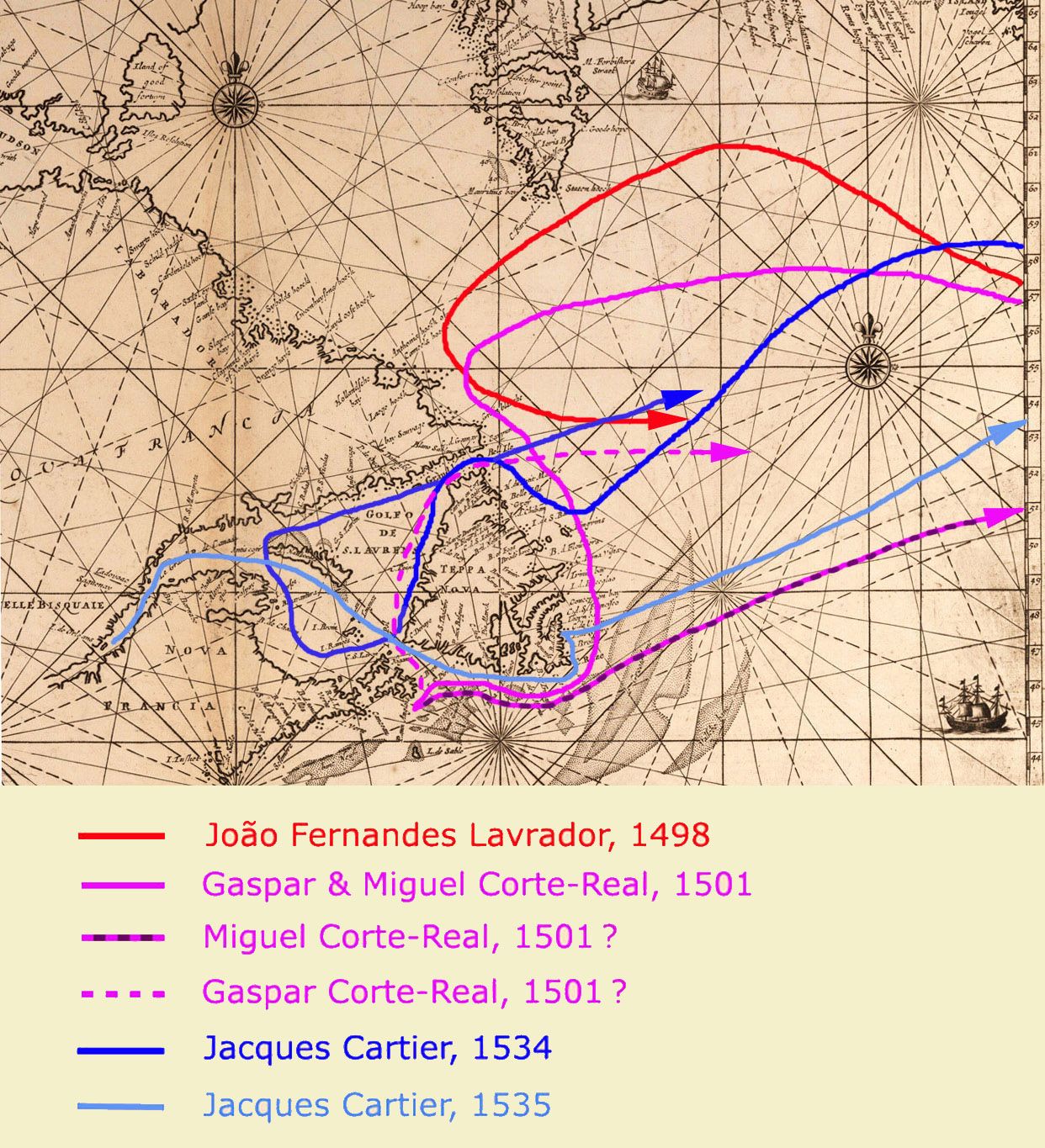
Cartier’s exploration of Newfoundland’s north and west coasts became the legal and political foundation of the French Shore of Newfoundland, which after the Treaty of Versailles in 1783 extended from Cape St John in Notre Dame Bay to Cape Ray in Cabot Strait. In 1763 after France’s defeat in the Seven Year’s War (French and Indian War in North America), surveyor and cartographer James Cook was tasked with charting the north, south and west coasts of the island before the handover of the islands of St Pierre and Miquelon and the reoccupation of the French Shore.
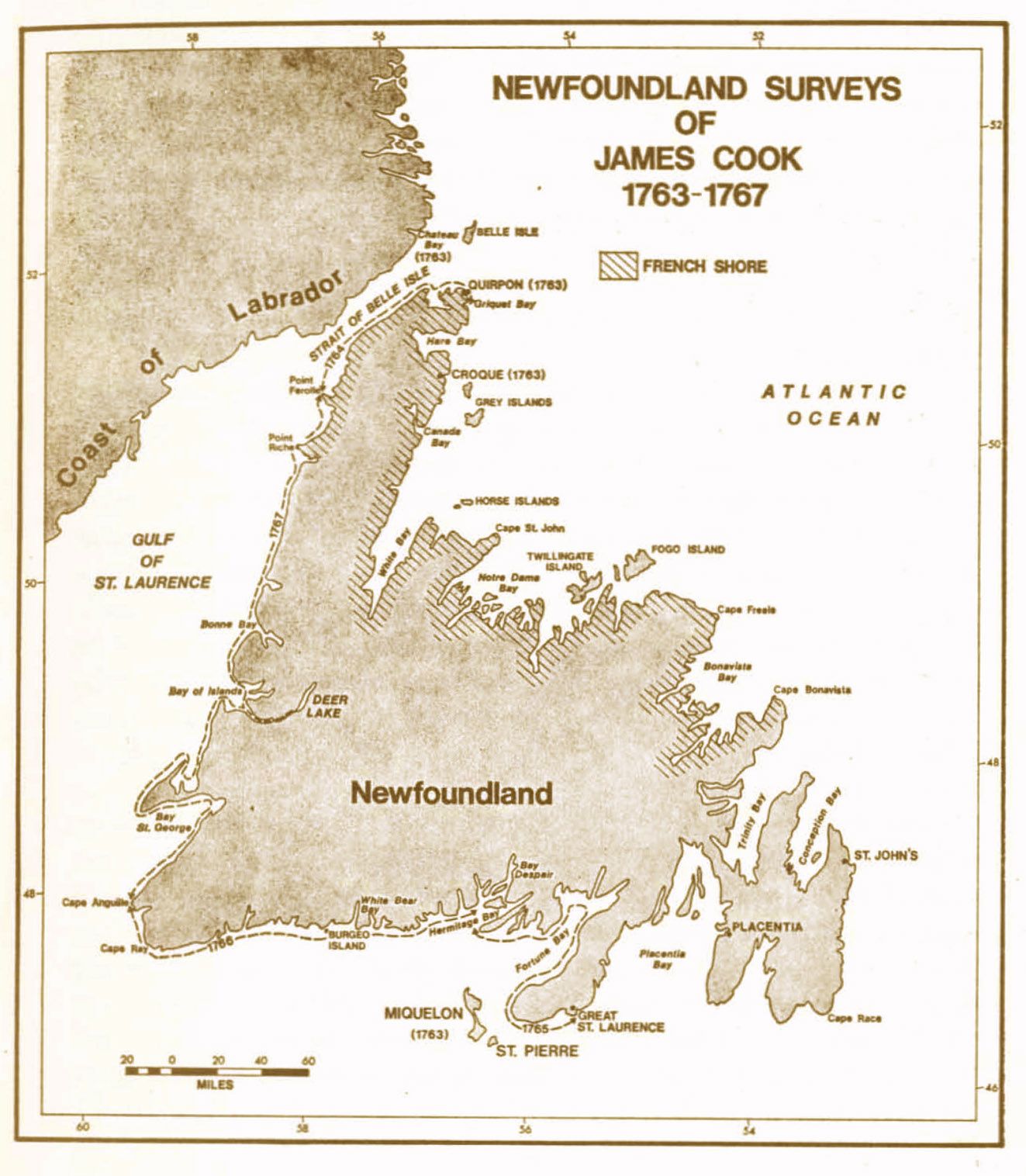
In 1767 during his last of five years surveying the coasts of Newfoundland, Cook explored the region delineated by Cabox Aspiring Geopark, including the Gulf coast along the Lewis Hills and Gregory Mountains, as well as the Bay of Islands and Bonne Bay. In Humber Arm he penetrated the river as far as Deer Lake, naming the river “Humber” after a river of the same name near his homeport of Whitby, in the one-time Anglo Saxon Kingdom of Northumbria. Months later while back in England working on his Chart of the West Coast of Newfoundland, Cook was selected by the British Admiralty and Royal Society to command a voyage to the Pacific Ocean to witness the transit of Venus and search for the fabled southern continent. He completed his chart and departed for the Pacific in August 1768.
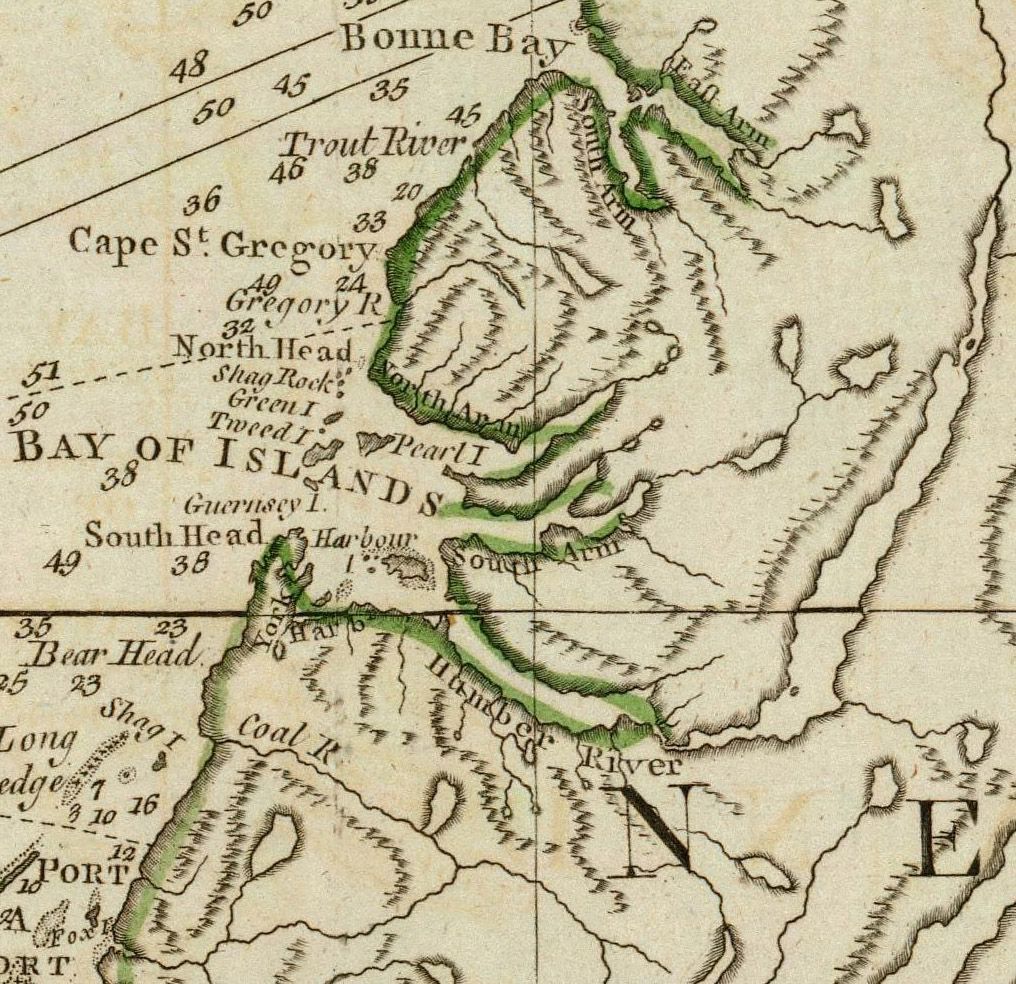
A new era of explorers followed Cook in the 19th and 20th centuries, exploring the region’s diverse landscapes and geology. In the 1960s and 70s, their understanding of the “Humber Zone” of the Canadian Appalachians, “Humber Arm Allochthon”, and Bay of Islands Ophiolite Complex helped confirm the modern theory of plate tectonics. Newfoundland Geologist Harold “Hank” Williams’ seminal 1964 paper, The Appalachians in Northeastern Newfoundland: A Two-Sided Symmetrical System advanced the ground-breaking concept of plate tectonics, while his 1978 Tectonic Lithofacies Map of the Appalachian Orogen helped show relationships between the various terranes of North America’s Appalachian Mountains and the corresponding Caledonian Mountains across the Atlantic Ocean.
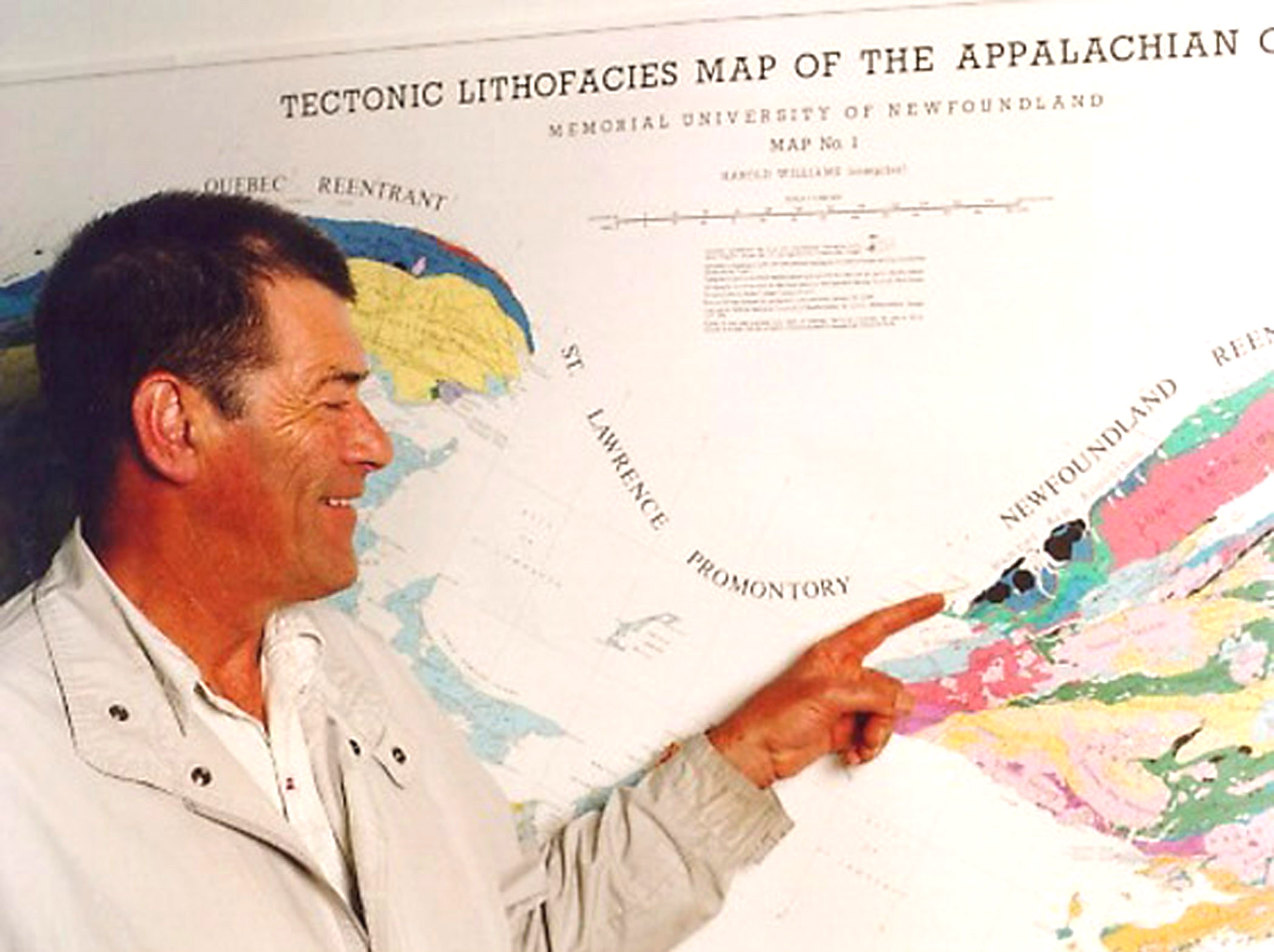
Cabox Aspiring Geopark’s unique geological record spans the closing of the proto-Atlantic Iapetus Ocean and formation of the Appalachian Mountains. From the Little Port Island Arc and Bay of Islands Ophiolite Complex to the Transported Continental Margin and Ancient Continental Slope of the Humber Arm Allochthon, the region exhibits both the geological and academic story of plate tectonics.

Its diversity of rock types is beautifully reflected in color on the geological map of the Humber Arm Allochthon.
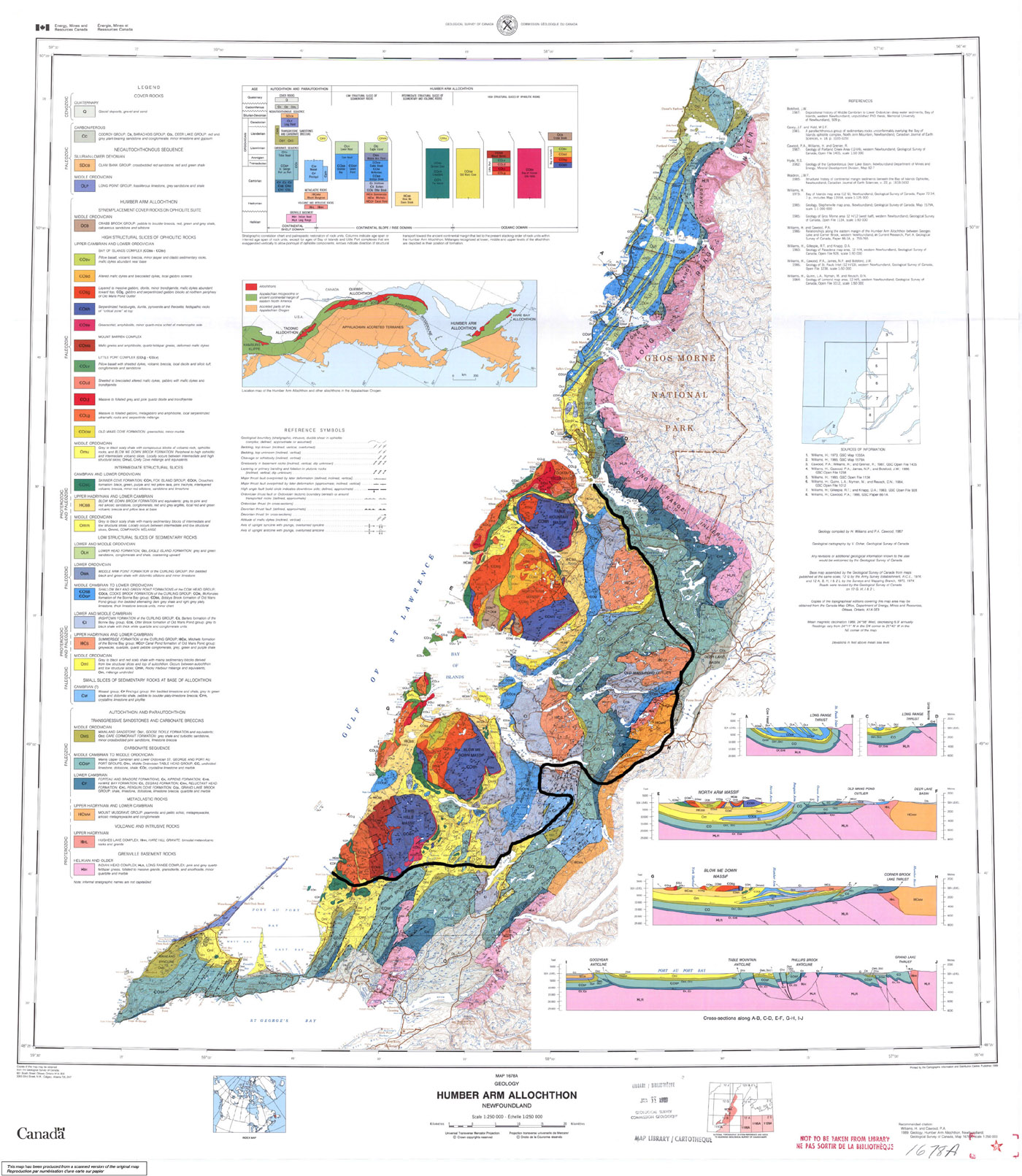
I am text block. Click edit button to change this text. Lorem ipsum dolor sit amet, consectetur adipiscing elit. Ut elit tellus, luctus nec ullamcorper mattis, pulvinar dapibus leo.
